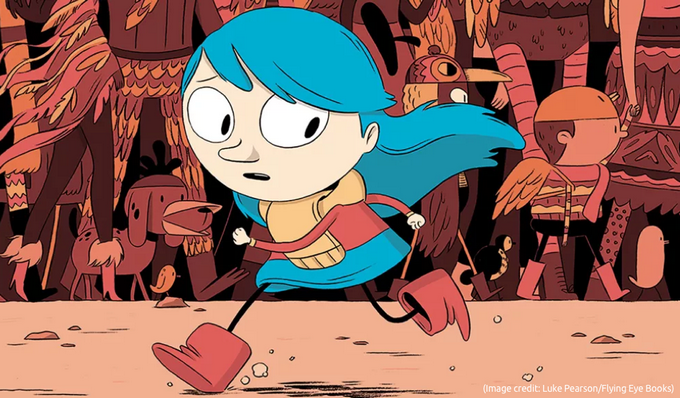Designing Game Interfaces That Respond to Emotion

Designing Game Interfaces That Respond to Emotion
In the world of gaming, players are constantly seeking a more immersive and engaging experience. As technology continues to advance, game designers are exploring innovative ways to truly connect with their audience on a deeper level. One emerging trend in game design is creating interfaces that can respond to the emotions of the player minecraft cloud server in real-time. By designing game interfaces that adapt to the emotional state of the player, developers are able to create a more personalized and interactive experience that enhances gameplay and overall enjoyment.
Emotions play a significant role in gaming. Whether it’s the thrill of victory, the excitement of discovery, or the frustration of defeat, emotions can greatly impact how players engage with a game. By incorporating technology that can detect and respond to these emotions, game interfaces can become more intuitive and reactive, leading to a more immersive and dynamic gaming experience.

One way game interfaces can respond to emotion is through the use of biometric technology. By integrating sensors that can track the player’s heart rate, facial expressions, and other physiological signals, game interfaces can gather real-time data on the player’s emotional state. For example, if a player’s heart rate increases during a particularly intense battle, the game interface could respond by increasing the difficulty level to match the player’s heightened state of arousal. This not only adds a new level of challenge to the game but also creates a more personalized experience that feels tailored to the individual player.
In addition to biometric technology, game interfaces can also utilize artificial intelligence (AI) to analyze player behavior and adapt accordingly. By monitoring the player’s actions, decisions, and reactions, AI can learn to anticipate and respond to the player’s emotional cues. For example, if a player consistently chooses a certain strategy when feeling confident or aggressive, the game interface could adjust the gameplay to cater to that particular emotion. This not only enhances the player’s sense of agency and control but also creates a more dynamic and responsive gaming experience.

Furthermore, game interfaces that respond to emotion can also incorporate visual and auditory cues to enhance the player’s emotional engagement. For example, using color schemes, lighting effects, and sound design that change based on the player’s emotions can help create a more immersive and emotionally resonant gaming experience. By creating a multi-sensory environment that can adapt to the player’s emotional state, game interfaces can evoke a stronger emotional response and deepen the player’s connection to the game world.
When designing game interfaces that respond to emotion, it is important for developers to consider the ethical implications of such technology. While the ability to track and analyze player emotions can lead to a more personalized and engaging gaming experience, it also raises concerns about privacy and consent. Developers must be transparent about the data they collect and how it is used, and ensure that players have control over their emotional data.
In conclusion, designing game interfaces that respond to emotion represents an exciting frontier in game design. By integrating technology that can detect and adapt to the player’s emotional state, developers can create more immersive, dynamic, and personalized gaming experiences that truly resonate with the player. With advancements in biometric technology, artificial intelligence, and sensory design, the possibilities for emotion-responsive game interfaces are endless. As the gaming industry continues to evolve, we can expect to see a greater emphasis on creating games that not only entertain but also emotionally engage and connect with players on a deeper level.

